In the rapidly evolving world of photography, artificial intelligence (AI) has emerged as a powerful tool, reshaping how we capture, edit, and perceive images. While AI brings exciting possibilities, it also raises important ethical questions. Let’s explore the ethical considerations surrounding AI in photography and how we can navigate this new digital frontier responsibly.

- Authenticity and Truth in Photography
One of the primary ethical concerns surrounding AI in photography is the question of authenticity. With AI’s ability to manipulate images seamlessly, where do we draw the line between enhancement and deception? As photographers and consumers of visual media, we must grapple with what it means for an image to be “real” in the age of AI.
Photographers have long used techniques like dodging and burning to enhance their images. However, AI takes this to a new level, allowing for drastic changes with just a few clicks. This raises questions about the integrity of photojournalism and documentary photography, where accuracy and truthfulness are paramount.

- Transparency and Disclosure
As AI becomes more prevalent in photography, the need for transparency grows. Should photographers be required to disclose when AI has been used to manipulate an image? Many argue that audiences have a right to know when they’re looking at an AI-enhanced photo, especially in contexts where the authenticity of the image matters.
Some photographers and organizations are already adopting practices of labeling AI-enhanced images. This transparency not only maintains trust with the audience but also helps preserve the value of traditional photography skills.
- Copyright and Ownership
AI’s ability to generate and manipulate images raises complex questions about copyright and ownership. When an AI system creates or significantly alters an image, who owns the result? The photographer, the AI developer, or perhaps the AI itself?

These questions become even more complex when AI systems are trained on existing photographs. How do we ensure that the original photographers’ rights are respected? The legal landscape is still catching up to these technological advancements, and photographers need to stay informed about their rights in this new era.
- Bias and Representation
AI systems are only as unbiased as the data they’re trained on. In photography, this can lead to issues of misrepresentation and perpetuation of stereotypes. For example, an AI trained primarily on Western images might struggle to accurately represent diverse skin tones or cultural contexts.
Photographers and AI developers have a responsibility to be aware of these potential biases and work actively to create more inclusive and representative AI systems.

Navigating the Future
As AI continues to evolve, so too will the ethical considerations surrounding its use in photography. It’s crucial for photographers, AI developers, and consumers to engage in ongoing dialogue about these issues. Here are some steps we can take to navigate this new frontier responsibly:
- Develop industry standards: Photography associations and tech companies should work together to create ethical guidelines for AI use in photography.
- Educate consumers: Raise awareness about AI in photography, helping people become more discerning consumers of visual media.
- Embrace transparency: Photographers should be open about their use of AI, fostering trust with their audience.
- Prioritize diversity: Ensure that AI systems are trained on diverse datasets to avoid perpetuating biases.
- Stay informed: Keep up with the latest developments in AI and photography to make informed decisions about its use.
Conclusion
The integration of AI into photography presents both exciting opportunities and significant ethical challenges. By approaching these issues thoughtfully and proactively, we can harness the power of AI while maintaining the integrity and artistry that make photography so compelling.
As we move forward, let’s remember that technology is a tool, and its impact ultimately depends on how we choose to use it. By prioritizing ethics in our approach to AI in photography, we can create a future where technology enhances rather than diminishes the power and authenticity of visual storytelling.

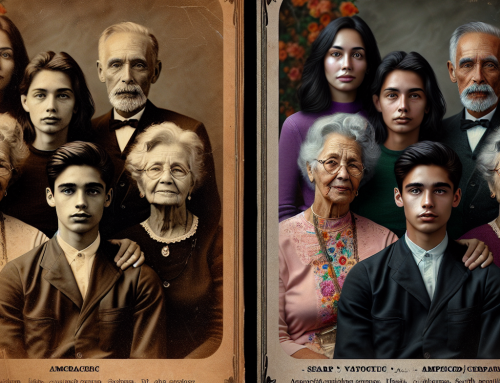
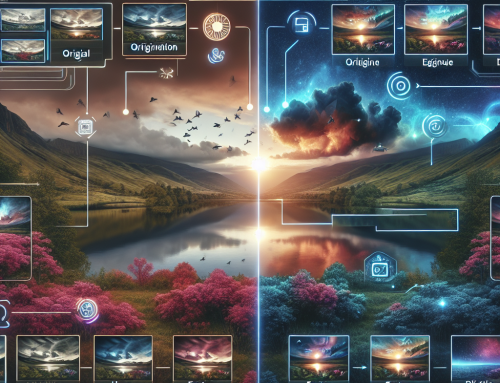
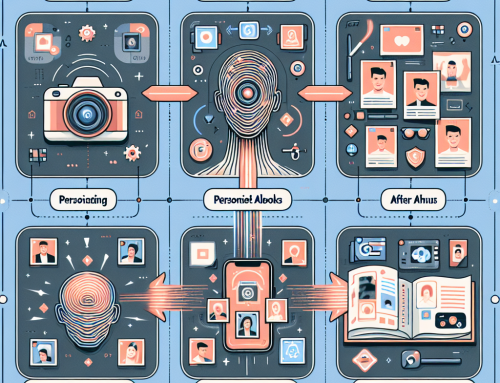
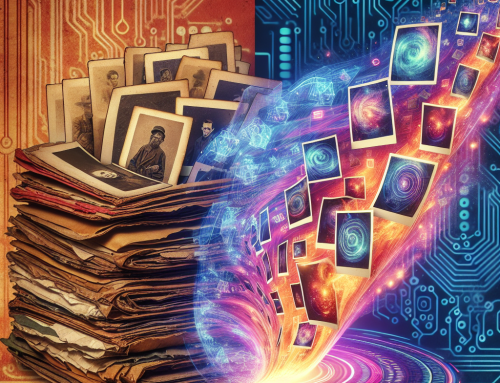
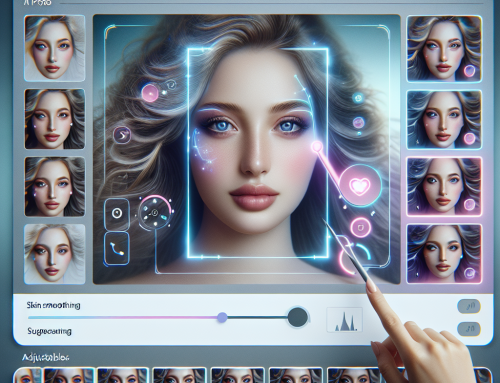
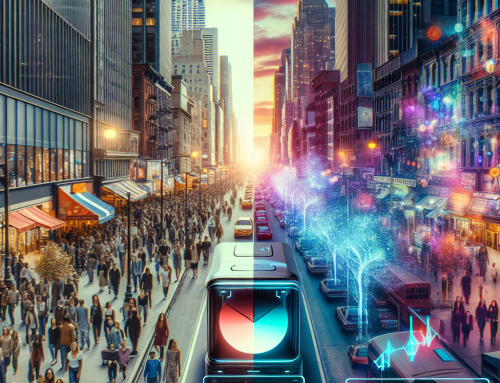
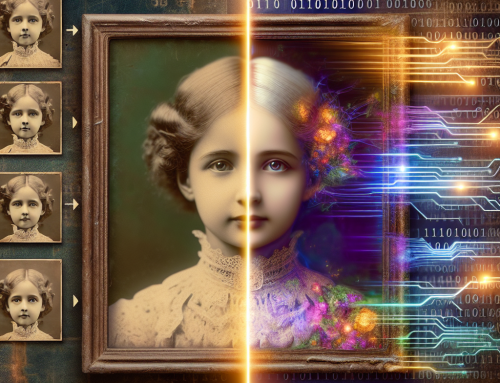
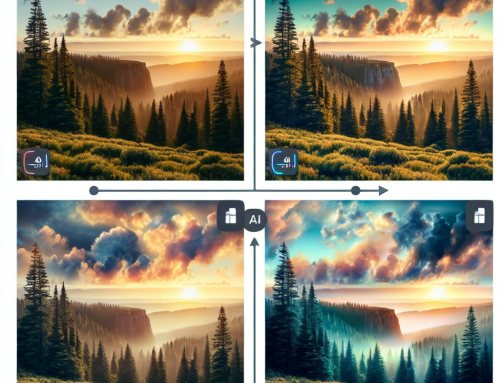
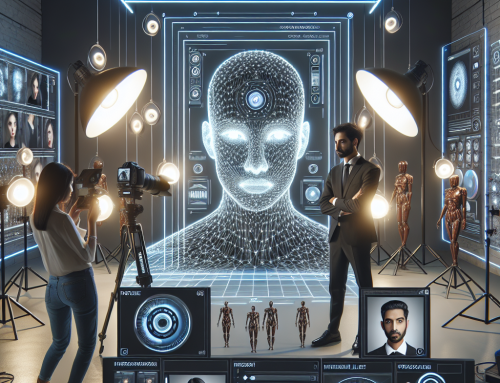
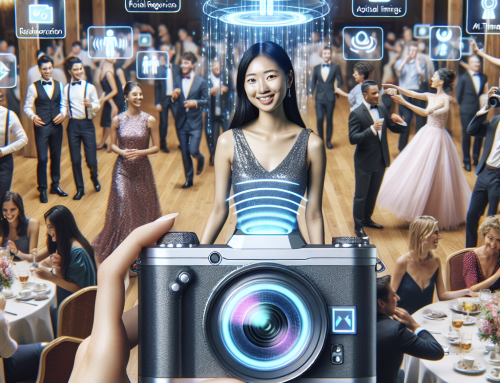


Leave A Comment